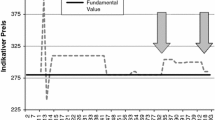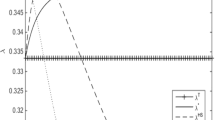Summary. In this paper we study the real and financial effects of insider trading in a Static, Kyle-type model. In our model the insider is also the manager of the firm. Hence the insider chooses both the amount of the real output to be produced and the amount of the stock of the firm to trade. The aim of the paper is to study the relationship between financial decisions and real decisions. In particular, we examine how insider trading on the stock market affects the real output and price and how the real decision making affects the financial variables, such as the extent of insider trading, stock prices, and the stock pricing rule of the market maker. In the model, the market maker observes two correlated signals: the total order flow and the market price of the real good. We study the informativeness of the stock price and the effects on insider's profits. We also construct a compensation scheme that aligns the interests of the insider and the firm. Finally, we generalize the pricing rule set up by a competitive market maker and analyze the comparative statics of the model.
Similar content being viewed by others
Author information
Authors and Affiliations
Additional information
Received: October 3, 1999: revised version: December 1, 1999
Rights and permissions
About this article
Cite this article
Jain, N., Mirman, L. Real and financial effects of insider trading with correlated signals. Econ Theory 16, 333–353 (2000). https://doi.org/10.1007/PL00004086
Issue Date:
DOI: https://doi.org/10.1007/PL00004086




